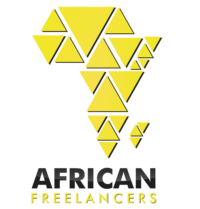Freelancing might be an easy way to earn income by selling your skills but getting clients to pay promptly might not be a walk in the park. From my personal experience, I have had to resolve a pricing issue and my invoice was what I referred to.
Avoid discussing your rates verbally only. It is always useful to have a rate card to share with potential clients and in the case where you offer a discount, have it stated on your invoice with terms and conditions.
Your invoices may be the next important documents in your business after your contract; it serves as a guiding document to help facilitate payment. Your invoices should always include the following information:
The amount due- It is very important to clearly display the exact amount of the payment due to avoid any confusions.
The due date for payment- This ensures that you are paid on time/ as at when due and you can refer back to it at any time the client is making a fuss about it.
The date which the invoice was issued- This points out the timeline for payment and gives a general idea of when the project was to commence.
A description of the goods or services purchased- This information states exactly what the client is paying for in detail. Without this information, the client can claim not to know what the invoice is meant for and not make payment.
The customer’s information- It is important to include the client’s name/business name, phone number, business address, email address and other relevant information to show who the invoice was issued to.
Terms and condition- It is always useful to state the validity period of the quotation on the invoice (usually between 30-90 days), prices may differ due to varying factors. If this is a recurrent bill, state when the prices will be reviewed – this information can also go on your contract.
Preparing and sending accurate invoices promptly before the start of a project will help speed up the process of turning your outstanding invoices into cash and avoid back and forth on your rates.
Stay sharp tribe!






